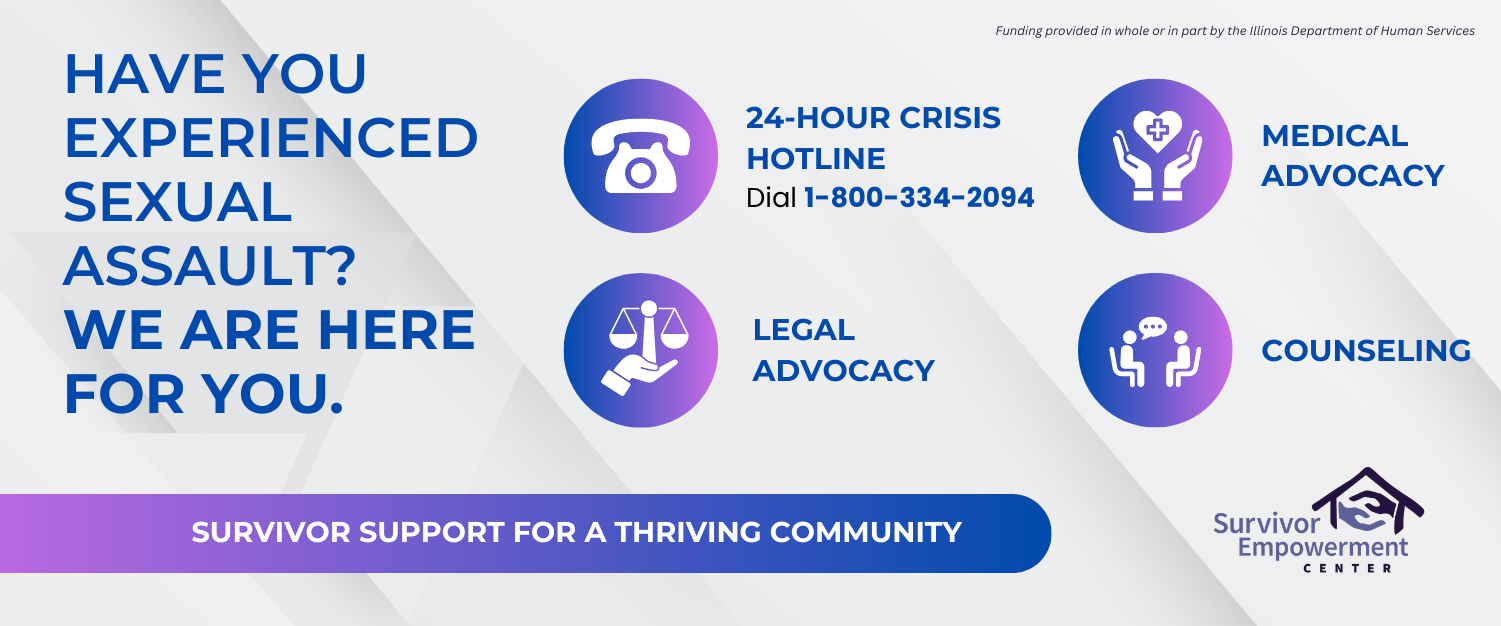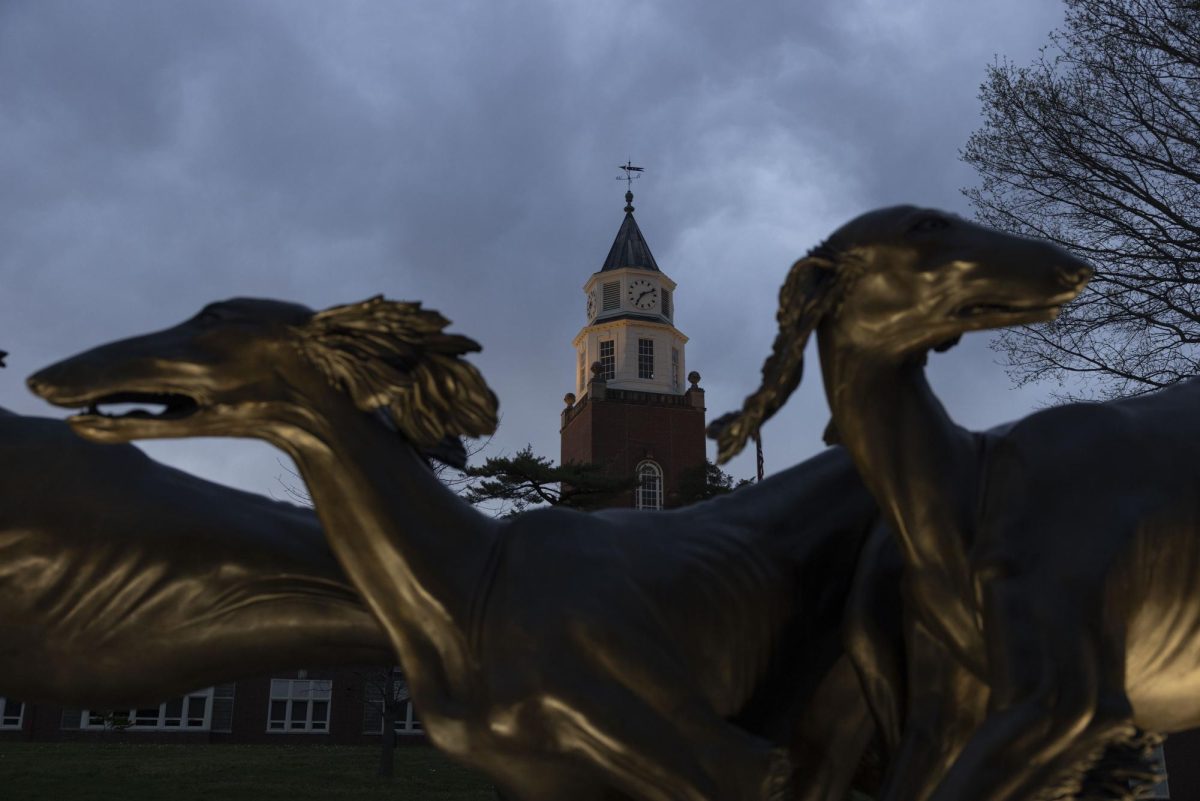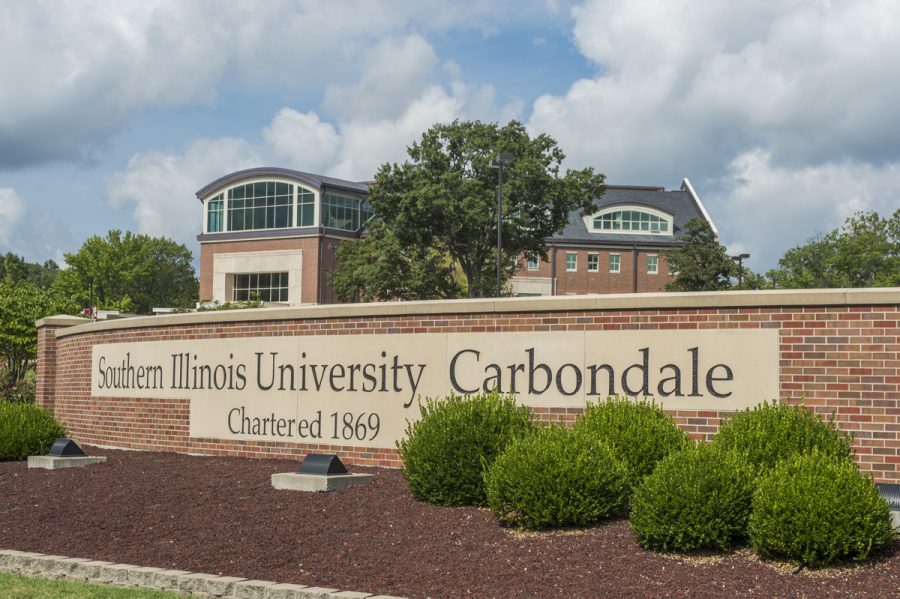Women discuss ‘Brown vs. Board’
February 26, 1996
DE Asst. Features Editor
Behind every piece of history there are people who know what really happened, Cheryl Brown Henderson says.
Henderson and her sister, Linda Brown Thompson, spoke Thursday night in a packed University Museum Auditorium about their personal involvement and the effects of the landmark 1954 Supreme Court case Brown v. Board of Education as a part of Black History Month.
Advertisement
The women are the daughters of the Rev. Oliver Brown, the man who challenged the Topeka Board of Education because his daughter Linda could not attend the nearest public school because the school was segregated by race.
My father pondered Why? Why should my child walk four miles when there is a school only four blocks away?’ Thompson said. He wondered Why should I take time to explain to my daughter that she can’t attend school with her neighborhood playmates because she is black?’
Thompson said her father took the case to the state supreme court, but he lost to the case. She said the case then went to the U.S. Supreme Court.
When my father stepped off the witness stand, I wonder if he knew he did the whole world a favor, Thompson said.
Henderson said she and her sister began publicly speaking about the event so people could learn every detail behind the landmark case and how the case has played a continuous part in history. She said the only way to learn the truth about history is to talk to the people involved.
As far as I’m concerned, history books should be empty because they do not tell everything that is going on, she said. My father did not just wake up one morning and decide to challenge the world. He was part of a movement that was coming for a long time.
Henderson said the case was the basis for all other civil rights movements, but it was not the first black power movement.
Advertisement*
If you knew your history, you would know the first black movement was in the 1850s with the Fugitive Law Act, she said. The movement was on its way, but Brown created a place for referral.
Henderson said the case had a profound influence on the application of the 14th Amendment.
The 13th Amendment made it illegal to enslave people, but the 14th Amendment extended citizenship, she said. It grants all of us equal protection under the law, and it was not applied until Brown v. Board.
Thompson said that even though the Supreme Court made the correct decision, the ruling has not been completely fulfilled. She said segregation problems still lie in urban housing areas. She said because inner-city schools are in low-income communities they receive less financial support, resulting in weaker faculties and out dated supplies.
Nine out of 10 children in urban schools are minorities, she said. We have to be concerned with the quality of these schools and their educators. We need to put children first.
Denise White, a sophomore in elementary education from Dolton, said the presentation made her feel slightly uneducated.
These women spoke so elegantly, she said. They made me realize that I’ve been very complacent about history. I understand that I need to learn my history so I can apply it to my future.
Michael Robbins, a junior in business administration from Springfield, said the speech was one of the best events he has attended since Black History Month began.
These women represented the history of America and the history of my past as a black person, he said. That’s the whole purpose of this month.
Advertisement









